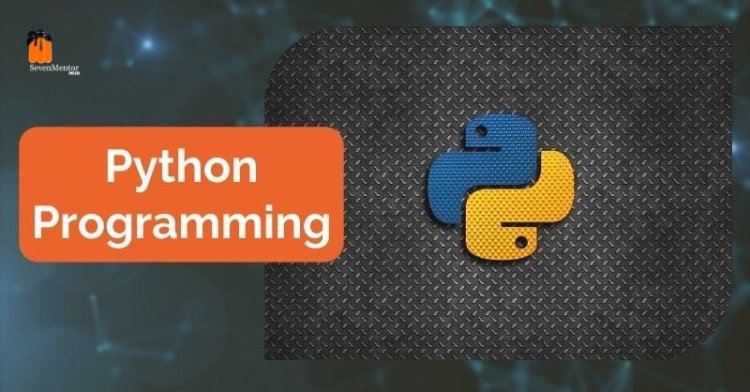Overview of Python Fundamentals
Share this Post to earn Money ( Upto ₹100 per 1000 Views )

The use of indentation to indicate code blocks is one of Python's key concepts. Python does not use curly braces or any other symbol to define code blocks, unlike C and Java. Instead, it indicates the code block's scope with indentation. This makes Python code simple to read and comprehend, but it also means that consistent indentation is essential.
The use of variables is another important Python concept. Data is stored in variables, which can also be used to refer to that data throughout the program. Declaring variables in Python does not require a specific keyword like "var" or "int," as the syntax is straightforward.
Additionally, Python supports a wide range of data types, such as strings, dictionaries, and numbers (both integers and floats). The data can be manipulated and worked with using specific methods and properties for these data types.
Additionally, there are a number of built-in modules and functions in Python that can be utilized to carry out common tasks. The "print()" function, for instance, can be used to send data to the console, and the "math" module offers a number of mathematical functions. It also supports object-oriented programming, a programming paradigm that organizes and structures code with objects and classes. Error and exception handling are also well-served by Python. The "try-except" block can be utilized to handle and respond to program errors.
Basic Concepts of Python for Beginners:
Here are some basic concepts in Python for beginners –
A variable is a container for storing a value in Python. By assigning a value to a variable with the "=" operator, you can create a variable. Any data type, including strings, integers, and floating-point numbers, can be used to represent the value. A variable can be used throughout your program once it has a value.
Data Types Strings, integers, and floating-point numbers are just a few of the built-in data types available in Python. In Python, the type of value a variable holds is referred to as a data type. (Python Training in Ahmednagar)
There are a few pre-built data types in Python:
Numbers: This includes floating-point numbers like 3.14 and 1.23, as well as integers like 1, 2, and 3. A sequence of characters, such as "hello" and "world," is called a string. Single or double quotes can be used to enclose strings. Lists: A collection of items that can be arranged in any order. Items are separated by commas in lists, and square brackets are used to write them. Tuples: Similar to a list, a tuple cannot be changed because its items cannot be changed. Round brackets are used to write plurals, and commas are used to separate items. Dictionary: Key-value pairs are the foundation of a dictionary. (Python Course in Ahmednagar)
Curly braces are used to write dictionaries, and colons are used to separate values and keys in Boolean: True or False, there is no such thing as a Boolean data type: The null value or none is represented by the special constant None. The built-in type() function can be used to determine a variable's data type.

 shivanis09
shivanis09 













